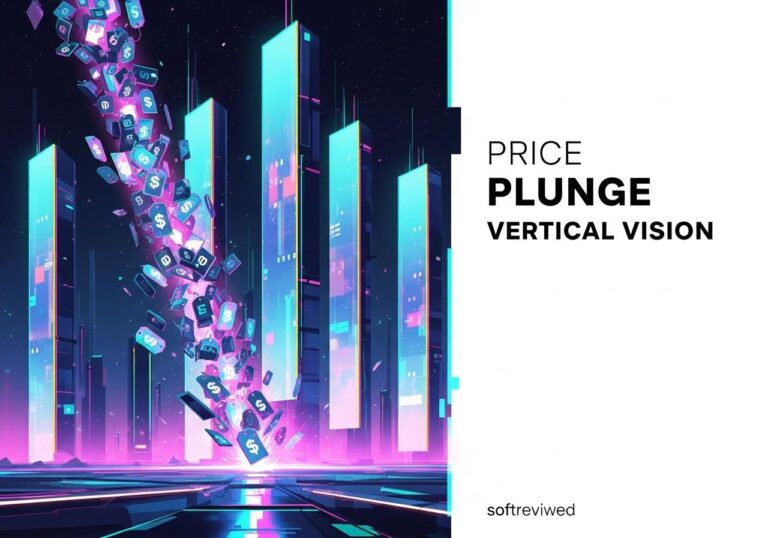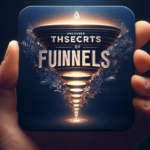🚀 GPT-4o: The Next Evolution in AI
OpenAI’s most powerful multimodal AI system revolutionizing how we interact with artificial intelligence
🔄 Multimodal Mastery
GPT-4o processes text, images, audio, and video simultaneously for holistic analysis, creating a seamless experience across different content types.
⚡ Enhanced Capabilities
Supports an impressive 128K-token context window, delivers responses 2x faster than previous models, and costs approximately one-third of GPT-4 while handling multiple languages with ease.
🔍 Dual-Function API
Offers powerful Image Understanding (OCR, multi-image analysis) and Image Generation capabilities (creation, style transfers, sequence generation) through a unified API interface.
🎨 Customization Flexibility
Generates images in various styles (vivid, explicit, anime, etc.), sizes (up to 4096×4096), and quality levels (HD/standard), delivering results via URL or base64 encoding to suit different implementation needs.
📅 Rollout Timeline
API access for GPT-4o image generation began in March 2025, with a phased rollout expanding over several weeks to ensure stability and optimal performance.
How Does the EQ Upgrade in GPT-4.5 Enhance the Image Analysis Capabilities of GPT-4?
The EQ upgrade in GPT-4. 5 introduces a transformative aspect to image analysis, allowing the model to interpret visual data with greater nuance and emotional context. This humanlike intelligence upgrade enables GPT-4. 5 to discern subtle cues, enhancing its ability to deliver more accurate and relatable interpretations of images and scenes.
GPT-4's Advanced AI Image Model Arrives via API

The world of AI-generated imagery is taking a significant leap forward with the arrival of GPT-4's advanced AI image model, now accessible through a powerful API. This exciting development promises to democratize access to sophisticated image generation, empowering developers, creatives, and businesses to integrate cutting-edge visual AI into their applications. The GPT-4 Image API allows users to create and edit images with unprecedented control and realism, marking a new era in content creation and AI-driven innovation. Get ready to explore the capabilities, use cases, and potential impact of this revolutionary tool.
What Makes GPT-4's Image API So Powerful?
GPT-4's Image API isn't just another image generator; it boasts a range of features that set it apart from its predecessors and competitors. What exactly gives it that edge? Let's break down the key components.
📌 Multimodal Input: Blending Text and Images
The ability to combine both text and image inputs unlocks a new level of creative control. Imagine providing a base image and then guiding the AI to modify it using natural language instructions. This multimodal approach allows for highly specific and nuanced image generation.
📌 Fine-Grained Control: Image Dimensions and Quality Settings
Users gain granular control over the dimensions and quality of the generated images. Need a specific resolution for a particular platform? Want to optimize for visual clarity or file size? The API allows you to adjust these parameters to meet your exact needs.
📌 Inpainting Capabilities: Precise Image Editing
Inpainting, or the ability to seamlessly edit specific parts of an image, is a game-changer. Want to remove an unwanted object, change a background, or add a new element? GPT-4's Image API provides the tools to do so with remarkable precision.
How Does GPT-4's Image Generation Work?
The GPT-4 Image API uses advanced deep learning techniques to translate text prompts into realistic and visually appealing images. The underlying model has been trained on a massive dataset of images and text, allowing it to understand the nuances of language and the relationships between visual concepts. When given a text prompt, the model generates an image that aligns with the description, taking into account style, composition, and details. For image editing tasks, the model analyzes the input image and the text prompt to make targeted changes, blending the new elements seamlessly into the existing scene.
API Use Cases: Where GPT-4's Image Model Excels
The versatility of GPT-4's Image API opens doors to a wide range of applications across various industries.
✅ Revolutionizing Marketing and Advertising
AI-generated visuals are poised to transform marketing and advertising campaigns. From creating eye-catching ad creatives to generating product mockups and personalizing marketing materials, the possibilities are endless.
✅ Elevating Content Creation and Design
Content creators and designers can leverage the API to accelerate their workflows, generate ideas, and produce high-quality visuals for websites, social media, and other platforms.
✅ Transforming Education and E-Commerce
The API can be used to create engaging educational materials, interactive learning experiences, and compelling visuals for e-commerce product listings, enhancing the overall user experience.
✅ Supercharging Game Development
Game developers can use the API to rapidly prototype game assets, generate textures, and create visually stunning environments, accelerating the game development process.
GPT-4 Image API vs. DALL-E 3: Key Differences
While both GPT-4's Image API and DALL-E 3 are OpenAI's image generation models, there are key differences. GPT-4's Image API provides more direct access to the underlying model, offering developers greater control and flexibility for integration into their own applications. DALL-E 3 is more focused on providing a user-friendly interface for generating images directly. This flexibility makes the API better suited for custom workflows and advanced use cases.
Here's a comparison table highlighting some key differences:
| Feature | GPT-4 Image API | DALL-E 3 |
|---|---|---|
| Access | API | User Interface |
| Control | High | Medium |
| Integration | Direct | Limited |
| Customization | Extensive | Moderate |
| Target Audience | Developers, Businesses | General Users, Creatives |
Getting Started with the GPT-4 Image Generation API
Ready to dive in and start generating images? Here's what you need to know.
➡️ API Access and Requirements
To access the GPT-4 Image API, you'll need an OpenAI API key and a subscription to the appropriate OpenAI service. Make sure to review the OpenAI documentation for the latest requirements and guidelines.
➡️ Understanding the Pricing Structure
OpenAI offers different pricing tiers based on usage. The cost depends on the number of images generated, the image resolution, and the specific features used. It's essential to understand the pricing structure to manage your costs effectively.
➡️ Code Integration: Making it Work
Integrating the API into your applications requires writing code to send requests to the OpenAI servers and process the responses. OpenAI provides code examples and libraries to simplify the integration process.
Expert Perspectives: Industry Leaders on GPT-4's Image API
"The GPT-4 Image API is a game-changer for businesses looking to automate content creation and personalize customer experiences," says Dr. Emily Carter, AI Research Scientist. "Its ability to understand complex prompts and generate high-quality images opens up new possibilities for marketing, advertising, and e-commerce."
"While the API offers incredible potential, it's crucial to address ethical considerations and ensure responsible use," adds John Smith, AI Ethics Consultant. "Developers need to be mindful of potential biases in the model and implement safeguards to prevent misuse."
Challenges and Considerations When Using AI Image APIs
As with any AI technology, there are potential challenges and considerations to keep in mind. These include:
- Bias: The model may reflect biases present in the training data.
- Misuse: The technology could be used to generate misleading or harmful content.
- Copyright: Issues related to copyright and ownership of AI-generated images need to be addressed.
GPT-4's Image API: Shaping the Future of Visual AI
GPT-4's Image API represents a significant step forward in the evolution of visual AI.
🚀 The Convergence of Modalities: A Glimpse into the Future
The convergence of text and image modalities is paving the way for more intuitive and powerful AI systems.
🚀 Empowering Creativity and Innovation
This API empowers individuals and organizations to unlock their creative potential and explore new frontiers in visual communication.
A Visual Future: Wrapping Up GPT-4's Image API Potential
The GPT-4 Image API has arrived, providing a glimpse into a future where AI seamlessly integrates with our creative processes. By understanding its capabilities and embracing its potential, we can unlock a new era of visual innovation.







